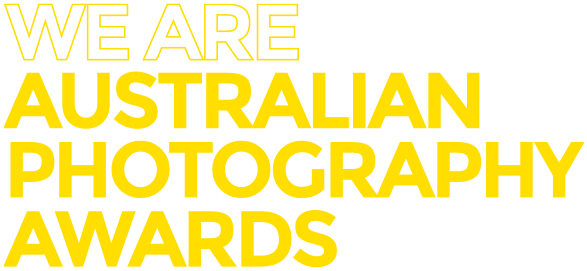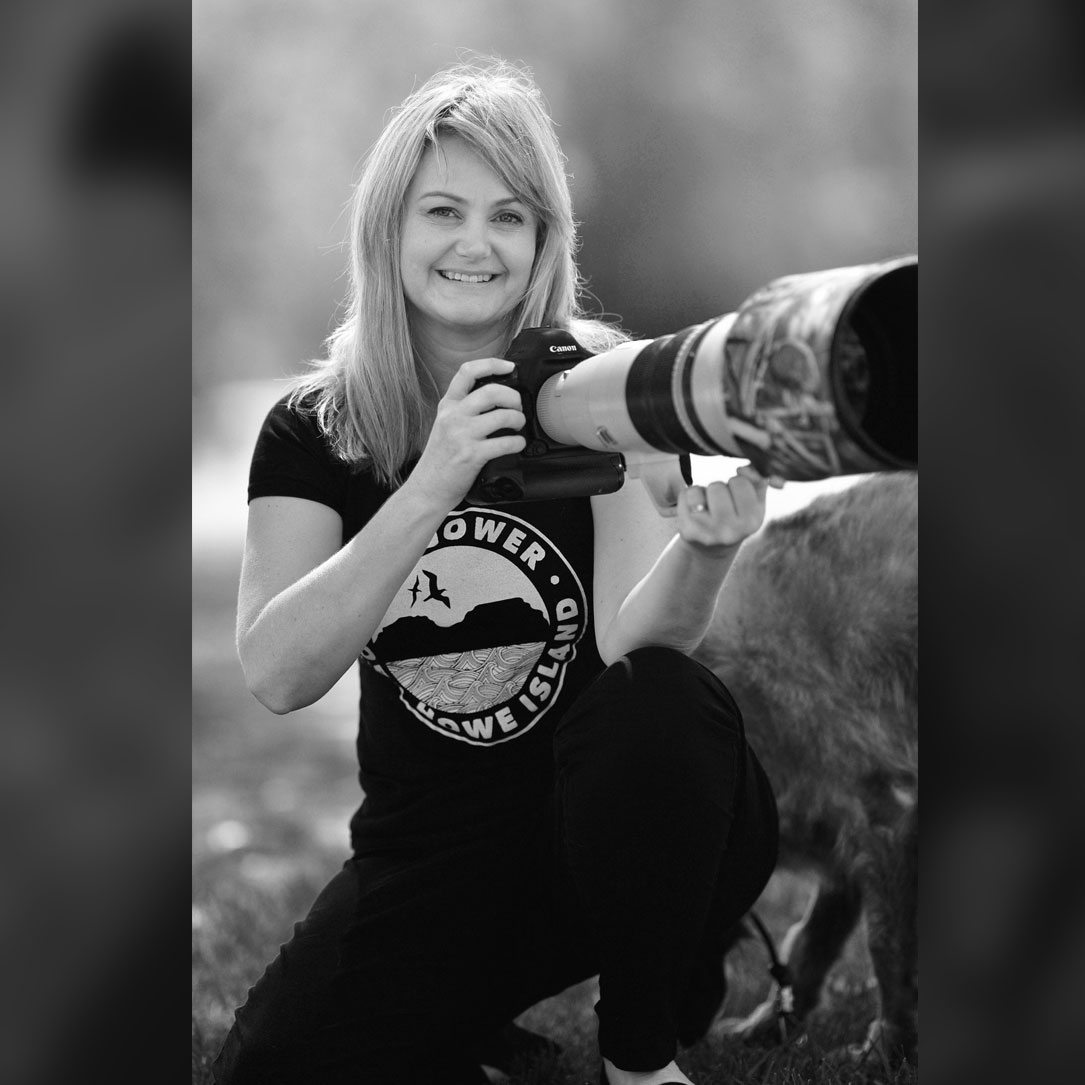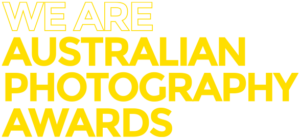with Georgina Steytler
Hey Georgina, can you tell us a bit about yourself and where you’re from?
I am a nature photographer based in Toodyay, Western Australia. I started out as a commercial lawyer in a large law firm in the Perth CBD, where I found the work soulless and depressing. I took up nature photography about ten years ago and have never looked back. My ‘end game’, and principal motivation, is to help conserve the natural world, which is being destroyed at an alarming rate.
How did you develop an interest in photography?
I have Ioved photography since I was at school. At first, I dabbled in amateur landscape and macro photography. I’ve always loved nature, but my special interest in birds developed when I started as a volunteer at BirdLife WA as a member of its Community Education Committee. That interest quickly became an obsession which, before long, had translated itself into bird photography. Although very expensive, bird photography is addictive and, once it gets its claws into you, there is no escape!
I am also a wildlife carer, taking in a couple of kangaroo joeys each year and raising them until they are ready for release back into the wild. As a result, I fell in love with kangaroos and photograph them whenever I can in the wild. They are such beautiful and iconic Australian animals; and they’re very affectionate to each other, presenting wonderful opportunities for photographing ‘intimate’ moments.
How did you capture three of your best images?
Pacific Black Duck – The Speculum
I took this image at a local lake in the suburbs of Perth. The only birds around were the Pacific Black Ducks, so I got low on the shoreline, and photographed the birds, as they preened, with a Canon F4 600mm lens. There was a nice light on the birds but behind them was shadow from overhanging branches. I took the opportunity to make the ‘speculum’ of the preening ducks (the iridescent feathers) stand out more by exposing for these highlights and allowing the background shadows to go dark. I further emphasized this effect in Photoshop.
Ethereal
I took this image on a misty morning at the Mandurah estuary in Western Australia. It was a calm day (no ripples) and the sun was not yet up. The original image was a little darker, so I increased exposure in post-production, as well as cropped and selectively sharpened the bird. Otherwise, I haven’t altered the original image. As I’ve said below, this image appeals to me for its simplicity and ‘ethereal’ nature.
Floating
This is another photo of a Pacific Black Duck, an extremely common bird in Australia. This duck is not a diving duck, so when it comes back to the water’s surface, instead of ‘swimming’ back up, it allows itself to simply ‘float’. The effect is somewhat surreal. I took this image with an underwater housing on my camera, from just below the water surface, with a wide-angle lens. I then added texture in Photoshop and adjusted the colour to further enhance the surreal nature of the image.
What do you love most about wildlife photography?
What I love most about wildlife photography is those moments when I am alone in a nature and a wild animal is feeding, skipping through the mud or a bird is preening, comfortable with my presence. People say that you require patience to be a nature photographer, but patience implies that there is something unpleasant about the waiting, when in fact, the wait and anticipation is itself a pleasure.
What made you select the image that won our 2017 Wildlife Category?
My winning image, Ethereal, is one of my favourite images from the last couple of years. I chose to enter it because it evokes a sense of peacefulness and has a simplicity that appeals to me, and hopefully to others as well. It’s often said that less is more and I think this image is an example of that. The other reason I like this image is because the egret is a relatively common bird. I want to show people that you don’t need rare or exotic birds to take a good photograph. Common birds can also make beautiful photos.
What is the most memorable experience you’ve had while photographing?
My favourite experience was when I was on a boat visiting Ball’s Pyramid, off Lord Howe Island, NSW. The scenery was Lord-of-the-Rings-spectacular and, even before I could take it in, we were surrounded by hundreds of pelagic birds, including Providence petrels and albatrosses. Unfortunately, I was seasick and it was raining. As the boat rocked on the waves, I took photos in between throwing up overboard. One of the photos I took is an all-time favourite. It’s a close-up of a Buller’s Albatross looking into the camera, with rain drops falling all around.
I know it sounds as though the seasickness and rain should have made this a forgettable, rather than a favourite, experience; but adversity can make the image so much more rewarding, and the experience more memorable, than a photo more easily taken, say, from the comfort of a bird hide.
I have a newsletter that I publish approximately every month which includes all my best tips on how to photograph birds. You can subscribe by going to my website at: www.georginasteytler.com.au and don’t forget to follow me on Instagram (@georgina_steytler) and Facebook (www.facebook.com/georginasteytler)



